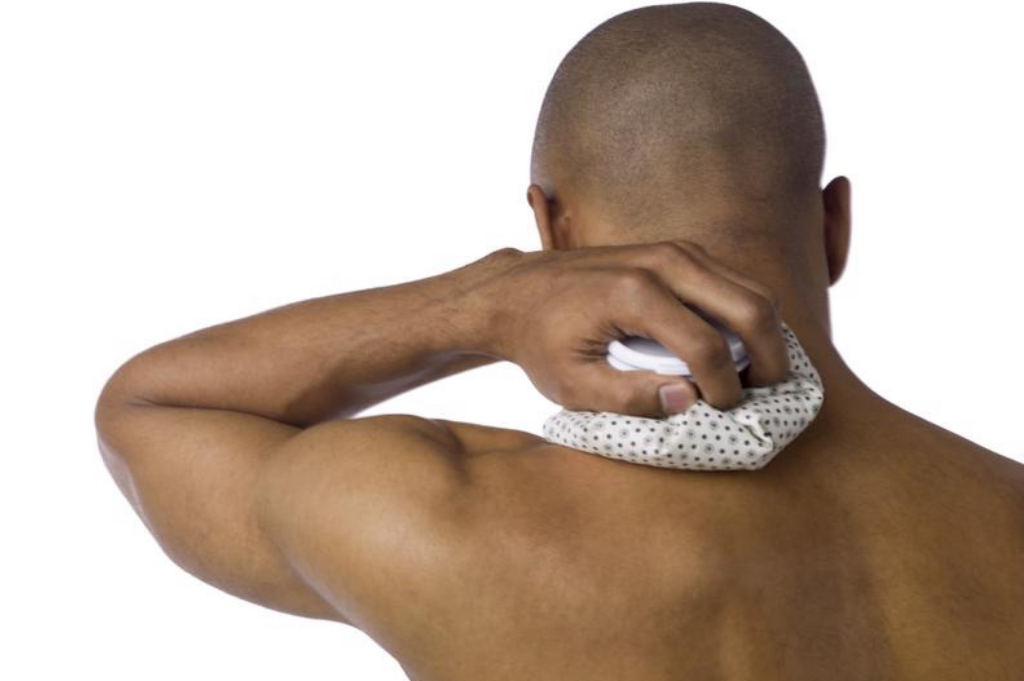No matter what level at which athletes compete – from pee-wee football to high school basketball and marathon running – injuries are almost unavoidable. While concussions have been the focal point of the media, other less life-threatening injuries are just as apparent, if not even more common. In fact, according to 2013 report by Safe Kids Worldwide, strains or sprains, fractures, and contusions and abrasions are the top three most frequently occurring sports-related injuries in athletes ages 6 to 19.
When people suffer from these types of injuries, they – or their coaches and trainers – often ask the age-old question: Should I use heat or ice to alleviate the pain? The answer sparks a debate that has long circulated in the world of fitness, and the conclusion depends largely on the type of injury and when it occurred. Learn more about when to use heat vs. ice:
When to use ice
Cold therapy, otherwise known as cryotherapy, is often the first-used treatment option following an acute injury, or one that occurs suddenly. Immediately after you twist your ankle while playing baseball or fall on your wrist while running, you may feel pain and notice swelling. This physiological reaction occurs in an attempt to heal your stretched ligament or damaged tissue, according to Nationwide Children's Hospital. However, if the inflammation lasts for extended periods of time, the response can actually cause degeneration of the cells.
Applying ice slows down blood flow to the injured area by constricting the blood vessels. effectively alleviating pain and swelling, and reducing your risk of long-term injury. Individuals should apply ice or gel packs using a 20-minutes on, 10-minutes off process for the first 48 hours following the incident.
There are many ways to use cryotherapy. If you apply ice, be sure to use a thin towel to separate the cold pack from direct contact with your skin. You may also benefit from using ice massage by storing your Moji Massager in the freezer.
When to use heat
While you should use ice right after an injury, if you still feel irritation after about six weeks, start using heat therapy, advised the Cleveland Clinic. Heat works in the opposite manner as cryotherapy by increasing circulation to relax muscles. Some of the effects are the same – heat can reduce pain and promote healing. However, heat therapy can do this only after the initial swelling and inflammation has subsided. Otherwise, this treatment option could actually worsen inflammation and prolong healing.
Beyond abiding by that six-week mark, you may benefit from applying heat to specific types of injuries, including chronic conditions like tendinosis and arthritis. A heating pad or warm bath may also help if you experience ongoing back or neck pain.
Preventative measures
Of course, it's better to prevent injuries from happening altogether so you don't have to worry about the ice versus heat debate at all. First, if you experience a sprain, strain or other acute injury, make sure it's healed before you return to your regular workout routine, as jumping back into exercise too early can worsen the condition. Otherwise, get your blood flowing and limber up your ligaments before doing any physical activity with Moji's warm-up exercise video series. This may help protect your body from sprains and strains.

